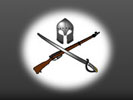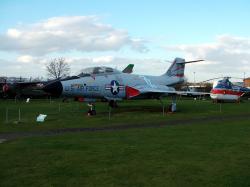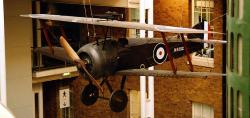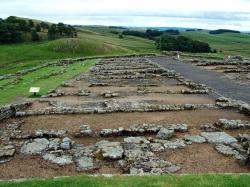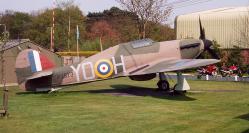Translate this Page
Battle of the Dunes
Battle Name : Battle of the Dunes
Date(s) : 14 June 1658
Part of : Franco-Spanish War of 1648-59 ,
Outcome : A victory for French Army and New Model Army over Spanish Army, English Royalists and French Rebels.
Type of battle : Land
Summary
A Franco-English Army under Marshal Turenne destroyed a Spanish, English and French Army under Don John of Austria.
Location
The dunes on the shore to the north of Dunkirk, northern France.
More details
On the 13th June 1658 Don John of Austria arrived at Dunkirk to raise the siege by a Franco-English army under Marshal Turenne. Although Don John did not initially intend to give battle, his whole army not yet having come up, Turenne's scouts informed the French commander of the Don's weakness and he decided to take advantage of the situation.
The Franco-English deployed with the sea on their left. On the left flank were 12 cavalry squadrons. The centre was formed from four New Model and 7 French Foot regiments. The right was held by 1 French Foot regiment, 14 cavalry squadrons and a folorn hope of 200 musketeers. The second line was held by 7 cavalry squadrons. The final line was held by 10 cavalry squadrons on the left, three New Model and four French Foot regiments and on the right nine cavalry squadrons. The right flank was protected by a gun battery. 14 companies of the French Guards, 2 regiments of infantry and 10 cavalry squadrons were used to keep the Spanish garrison of Dunkirk bottled up in the city. 7 Cavalry Squadrons were held in reserve.
The Spanish Army deployed in two Corps, with the Spanish and English on the right and the French Rebel Corps under Prince Louis de Bourbon Condé on the left. The Spanish Corps was from right to left as four Spanish regiments, four English Royalist regiments and two Walloon regiments. The cavalry was deployed behind the infantry in four lines of (front to rear) 8, 12, 10 and 10 squadrons. Condé had a front line of four Foot regiments and three cavalry squadrons, with 19 cavalry squadrons behind in four lines (the first of seven squadrons, the others of four apiece).
The battle opened when four New Model Foot regiments from the left attacked the Spanish right and drove Boniface's Foot back. At the same time Turenne's right wing charged and broke Condé's first line. Turenne's left advanced to support the English right, at which point the whole French Army advanced. Condé threw in his reserves and succeeded in destroying Turenne's right wing cavalry and breaking through the Foot. They were stopped by the French and Swiss Guards, buying time for Turenne to regroup his cavalry which then charged and routed the remains of Condé's cavalry. Meanwhile the New Model Foot were pressing the Spanish left hard, and it was starting to fall back. At this point the French Cavalry swung round and hit the Spanish in the flank, leading to the total collapse of Don John's army. With the Spanish fleeing in disorder, Condé chose cut his losses and retired with the remnants of his Corps.
With the relieving army destroyed, Dunkirk fell to Turenne of the 25th June. This was effectively the end of the Wars, and the Peace of the Pyrenees was signed the following year (1659). As agreed in the terms of the Franco-English alliance treaty, England recieved Dunkirk as reward for their part in the battle. After the Restoration in 1660 a bankrupt Charles II had to sell it back to the French. Because of the presence of both New Model and English Royalist troops on opposing sides, the battle was in some respects the last battle of the English Civil Wars. Turennes' English allies were praised for their steadiness in defence and spirit in attack. It confirmed the English Republic's reputation as a major European power.
Casualty figures
French Army and New Model Army
- Number engaged :
- 15,000
- Casualties :
- 500 (3.33%)
Spanish Army, English Royalists and French Rebels.
- Number engaged :
- 14,000
- Casualties :
- 6,000 (42.86%)
